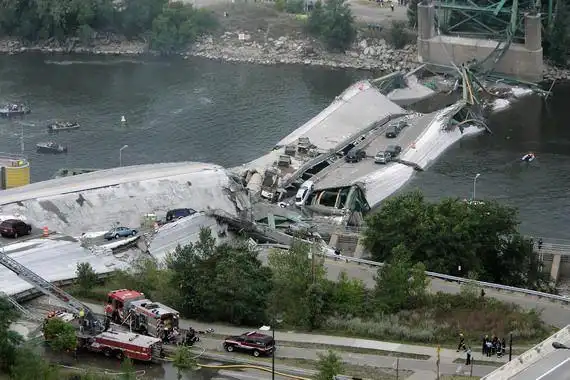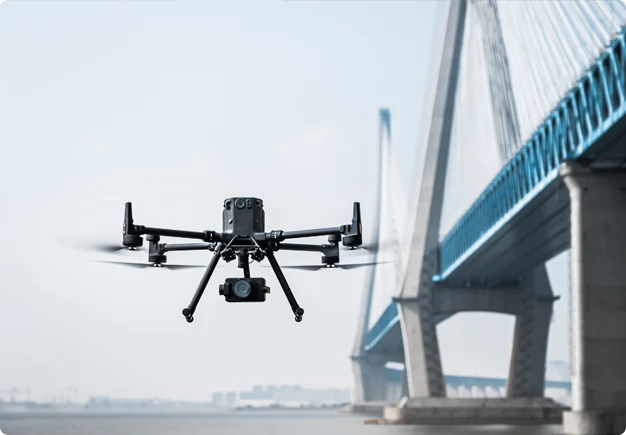Bridges are the unsung heroes of our transportation network. They quietly connect towns, let trucks haul goods across rivers, and let families drive to weekend getaways. But here's the thing—these workhorses take a beating every day. Rain, snow, heavy trucks, even just the sun beating down—all of it wears them down over time. That's why checking up on them regularly and fixing small problems before they get big isn't just some technical chore—it's how we keep these structures safe and working for decades. Let's dive into why this matters, how we do it, and what's new in the world of bridge care.
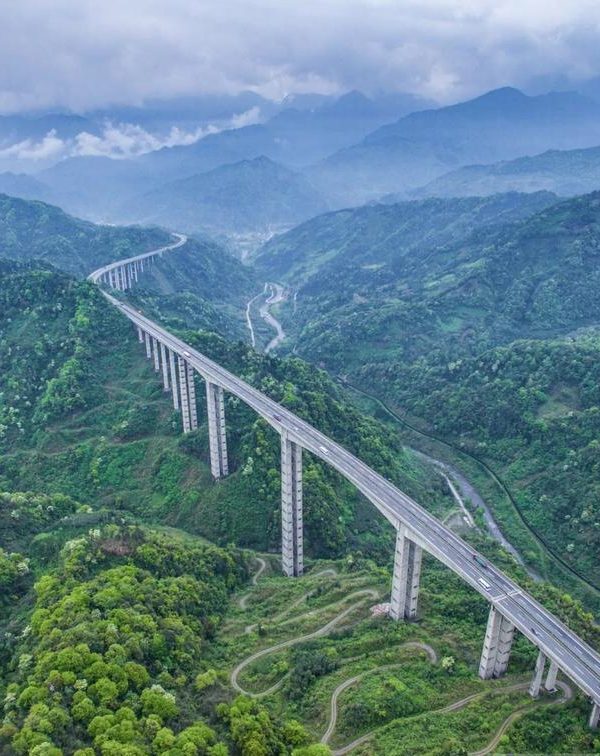
Why Bother with Inspection and Maintenance?
Think about the last time you crossed a bridge. Did you wonder if it was safe? Probably not—and that's the point. Good inspection and maintenance mean we don't have to worry. But when these things get skipped, bad stuff can happen. Remember that bridge in Minnesota that collapsed in 2007? It's a tragic example of what can go wrong when small issues (like rusted gusset plates) get overlooked.
Beyond safety, keeping bridges in shape saves money—lots of it. A little paint to stop rust now can mean not having to replace an entire beam later. And when bridges stay open and in good shape, traffic keeps moving. No one likes sitting in a jam because a bridge needs emergency repairs, right? For businesses, that means deliveries arrive on time, and for all of us, it means less stress getting where we need to go.
How Do We Actually Inspect Bridges?
Inspecting a bridge isn't just about walking across it and saying, "Looks okay." It's a mix of old-school know-how and high-tech tools.
Visual checks are still the backbone. Imagine a team of engineers in hard hats, climbing ladders or using cherry pickers to get up close to the steel girders or concrete columns. They're looking for cracks that shouldn't be there, rust eating away at metal, or chunks of concrete flaking off (that's called spalling). One inspector I talked to once told me, "You learn to read the bridge—every crack or stain tells a story."
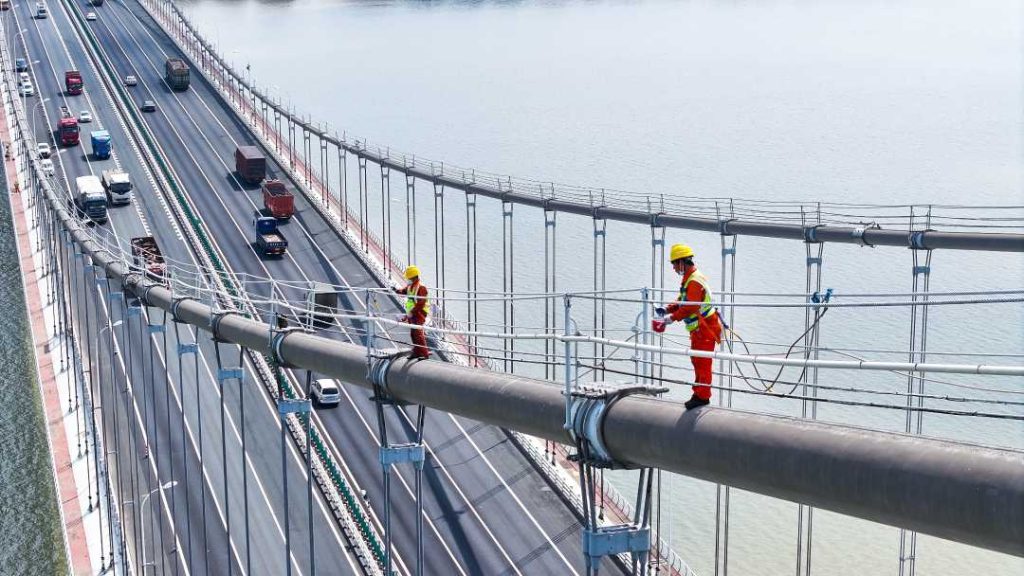
But sometimes you need to see what's hidden. That's where non-destructive testing comes in. Ultrasonic tools work like a doctor's ultrasound, sending sound waves through metal to find hidden cracks. Ground-penetrating radar can "see" under the concrete deck to spot areas where the rebar is starting to corrode. And magnetic particle testing? It's like a magic trick—you spray a special liquid on metal, run a magnet over it, and tiny particles cluster around cracks you can't even see with your eyes.
Lately, we're also using gadgets to keep a constant eye on bridges. Sensors stuck to beams measure how much they bend when a truck passes. Others track temperature changes or how much the bridge sways in the wind. It's like giving the bridge a Fitbit—collecting data 24/7 so engineers can spot trends before they become problems.
Fixing and Maintaining Bridges: What Works?
Once you find a problem, you've got to fix it—and ideally, stop it from happening again.
Preventive maintenance is all about staying ahead. Think of it like changing your car's oil. For bridges, that means things like cleaning drains so water doesn't pool and rust the metal, or repainting steel parts every few years. I visited a bridge crew last summer that was power-washing the deck and sealing small cracks in the concrete. "This stuff seems boring," the foreman said, "but it's why this bridge has lasted 50 years."
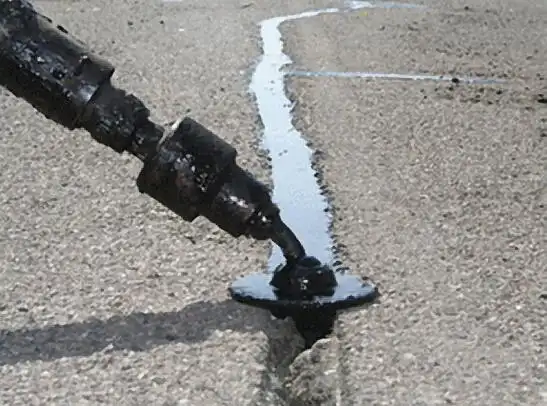
Then there's corrective work—fixing things that are already broken. Maybe a section of the guardrail got hit by a truck, or a bearing (those metal parts that let the bridge expand and contract with temperature) is seized up. It's not glamorous, but replacing that bearing can stop the whole structure from getting damaged when it heats up in summer.
Sometimes bridges need bigger help. Rehabilitation is like giving an old bridge a makeover. A few years back, they redid a bridge near my town—strengthened the beams, replaced the worn-out deck, and even added better lighting. It looks almost new, but it cost a fraction of building a whole new bridge.
And yes, sometimes you just have to start over. When a bridge is too old or too damaged—like some of those 100-year-old iron truss bridges in rural areas—it's safer and cheaper to tear it down and build something new.
What's New in Bridge Care?
The way we take care of bridges is changing fast, and it's pretty cool.
Drones are a game-changer. Instead of sending someone up in a bucket truck to check the bottom of a bridge deck (scary work, by the way), you can fly a drone with a high-res camera. It can get into tight spots and take pictures that engineers can zoom in on later.
Among the various drone solutions in the market, Riebo's drone bridge inspection solution can achieve autonomous flight of unmanned aerial vehicles fully automating bridge inspections—from drone data capture to AI defect detection and reporting. By combining high-resolution cameras, the agility of UAVs, and advanced AI analytics, Riebo deliver safer, faster, and more accurate inspections without the need for scaffolding, lane closures, or complicated manual reports.
AI is starting to help too. Engineers feed all that sensor data and drone photos into computer programs that can spot patterns humans might miss. Like, if a sensor shows a beam is bending a little more each month, the AI can flag it before it becomes a danger. It's not replacing engineers—just giving them a super-powered second set of eyes.
Even materials are getting smarter. There's this new paint that has tiny capsules of rust-fighting chemicals. When a scratch happens, the capsules break open and fix the spot automatically. And carbon fiber wraps? They're like super-strong bandages for concrete columns—lightweight but tough enough to add years of life.
Wrapping Up
Bridges aren't just piles of steel and concrete—they're the links that hold our communities together. Taking care of them isn't always exciting, but it's one of those things that makes modern life possible. Whether it's a crew with a paintbrush, an engineer with a drone, or a computer program crunching data, every bit of work adds up to safer, longer-lasting bridges.
Next time you cross one, take a second to appreciate it. And remember—someone, somewhere, is making sure it's going to be there for the next time too.

